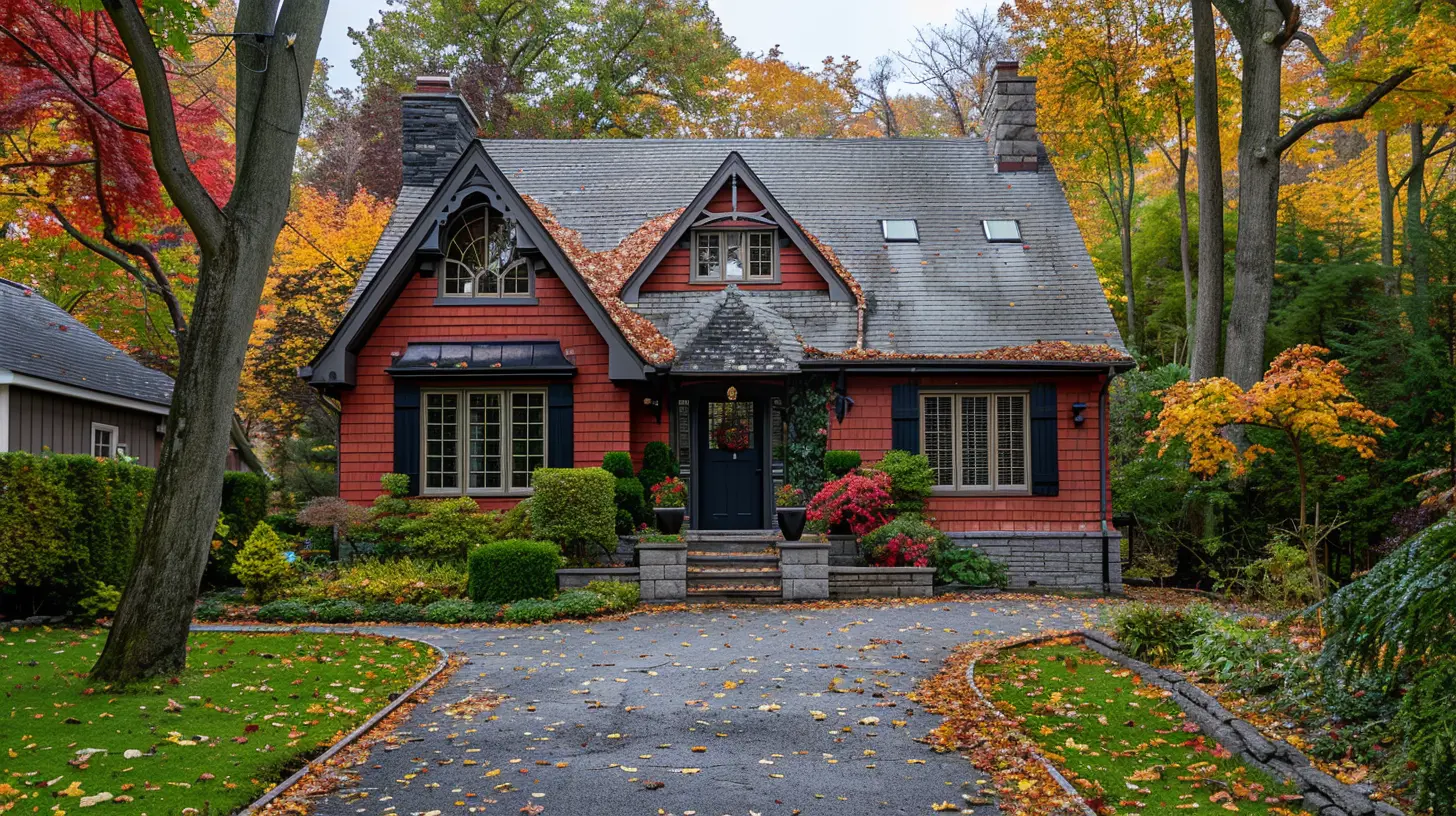Home Inspections: What Every First-Time Buyer Should Expect
20 June 2025
Buying a home for the first time? Congratulations! It’s a thrilling journey, but let’s be real—it can also be nerve-wracking. You’ve found what looks like your dream home, but beneath that fresh coat of paint, what’s really lurking? That’s where a home inspection steps in, acting like a detective to uncover any hidden issues before you sign on the dotted line.
But what actually happens during a home inspection? What should you look for? And more importantly, what should you do if the inspector uncovers a serious problem? Let’s break it all down so you walk into this process prepared, confident, and not caught off guard by any surprises.

What is a Home Inspection?
A home inspection is a non-invasive evaluation of a home’s condition, performed by a licensed professional. It’s like sending your potential new home to the doctor for a check-up before you commit to it. The inspector examines structural elements, electrical systems, plumbing, roofing, HVAC systems, and more to ensure there are no hidden problems waiting to drain your bank account post-purchase.And here’s the kicker—it’s not the same as a home appraisal. An appraisal determines a home’s value, but an inspection spots potential red flags that could cause headaches down the road.

Why is a Home Inspection So Important?
Picture this: You move into your gorgeous new home, everything seems perfect, and then—BAM!—the roof starts leaking, the furnace dies, and your "dream" home suddenly becomes a money pit.A home inspection helps prevent costly surprises by revealing issues before you’re legally bound to the purchase. It also gives you room to negotiate—if major repairs are needed, you can ask the seller to fix them or lower the price.
Skipping the inspection might save you a couple of hundred bucks now, but it could cost you thousands in unexpected repairs later.

What to Expect During a Home Inspection
So, what goes down on inspection day? Here’s a play-by-play of what you can expect:1. It Takes a Few Hours
On average, a full home inspection takes about 2 to 4 hours, depending on the size and condition of the home. Bigger, older homes may take longer because there’s more ground to cover (and potentially more things to inspect!).2. What Gets Inspected?
A thorough home inspection covers nearly every major component of the home, including:- Foundation & Structure – Any cracks or shifts that could mean trouble?
- Roof & Attic – Are there missing shingles? Signs of water damage?
- Plumbing – Checking for leaks, poor water pressure, or outdated pipes.
- Electrical Systems – Proper wiring, functioning outlets, and no fire hazards.
- HVAC System – Is the heating and cooling system working efficiently?
- Insulation & Ventilation – Proper insulation helps with energy efficiency.
- Appliances – If included in the sale, are they in good working order?
It’s like giving the house a full-body check-up, from top to bottom.
3. You Should Tag Along
You’re not required to be there, but you absolutely should be. Why? Because walking through the house with the inspector gives you a firsthand look at any issues. You can ask questions, get explanations, and better understand what you're dealing with.Wouldn’t you rather see that basement leak in person than just read about it in a report later?
4. The Final Inspection Report
Once the inspection is done, the inspector will compile everything into a detailed report—complete with photos, descriptions, and recommendations. Some reports are a simple pass/fail, while others categorize issues by severity (major concerns vs. minor fixes).But here’s the thing: No home is perfect. Even brand-new houses can have minor issues. The key is understanding what’s a dealbreaker and what’s just routine maintenance.

Common Red Flags in a Home Inspection
Not every issue is a reason to walk away, but some should make you think twice. Here are a few major red flags:1. Foundation Problems
Cracks in the foundation or signs of shifting could mean big trouble. Structural issues can be costly to fix—sometimes reaching tens of thousands of dollars.2. Roof Damage
A roof replacement isn’t cheap. If the shingles are curling, missing, or there’s evidence of leaks, you could be looking at a big-ticket repair.3. Electrical Issues
Outdated wiring, overloaded circuits, or faulty electrical panels can pose a fire hazard. If the home still has knob-and-tube wiring (common in older homes), that’s a potential red flag.4. Plumbing Problems
Leaky pipes, outdated materials (like lead or galvanized pipes), or water pressure issues should be taken seriously. Plumbing repairs can add up fast.5. Mold & Water Damage
If the inspection reveals mold or signs of past water damage, that could indicate larger underlying issues—like leaks in the roof or foundation.6. Pest Infestations
Termites, rodents, or carpenter ants can silently destroy a home from the inside out. If there’s evidence of an infestation, be cautious.What Happens if the Inspection Uncovers Issues?
So, what if your dream home has problems? First—don’t panic. Most homes will have some issues, but the key is deciding what’s manageable and what’s a dealbreaker.Here are your options:
1. Negotiate with the Seller
If the inspection uncovers major problems, you can ask the seller to:- Reduce the price
- Cover the repair costs
- Fix the issues before closing
Many sellers are open to negotiations, especially if it means sealing the deal.
2. Request a Repair Credit
Instead of asking the seller to make the fixes, you can request a credit at closing to handle the repairs yourself. This gives you control over how and when the work is done.3. Back Out of the Deal
If the inspection reveals something catastrophic (like major foundation issues or toxic mold), you may want to walk away. This is why inspections are often contingencies in contracts—they allow you to exit the deal without penalty.
Final Thoughts: Don’t Skip the Inspection!
A home inspection is your safety net when buying a home for the first time. It helps uncover hidden issues, gives you room to negotiate, and ensures you’re making a smart investment.So, whether you’re buying a cozy cottage or a sleek modern condo, make sure you schedule that inspection. A few hundred dollars now could save you thousands (or even your sanity) later.
all images in this post were generated using AI tools
Category:
First Time Home BuyersAuthor:

Elsa McLaurin
Discussion
rate this article
2 comments
Solenne McMeekin
Home inspections are crucial for first-time buyers, serving as a safeguard against potential pitfalls. Understanding key areas to examine—structural integrity, plumbing, and electrical systems—empowers buyers to make informed decisions and negotiate effectively, ensuring a sound investment for their future.
October 30, 2025 at 4:11 AM

Elsa McLaurin
Absolutely! Home inspections are vital for first-time buyers, helping them identify potential issues and make informed decisions for a secure investment.
Nell McMaster
Home inspections are crucial for first-time buyers. They uncover potential issues and provide peace of mind. Don’t skip this step; it can save you from costly surprises later.
June 23, 2025 at 3:34 AM

Elsa McLaurin
Thank you for highlighting the importance of home inspections! They truly are essential for first-time buyers to avoid future headaches.


